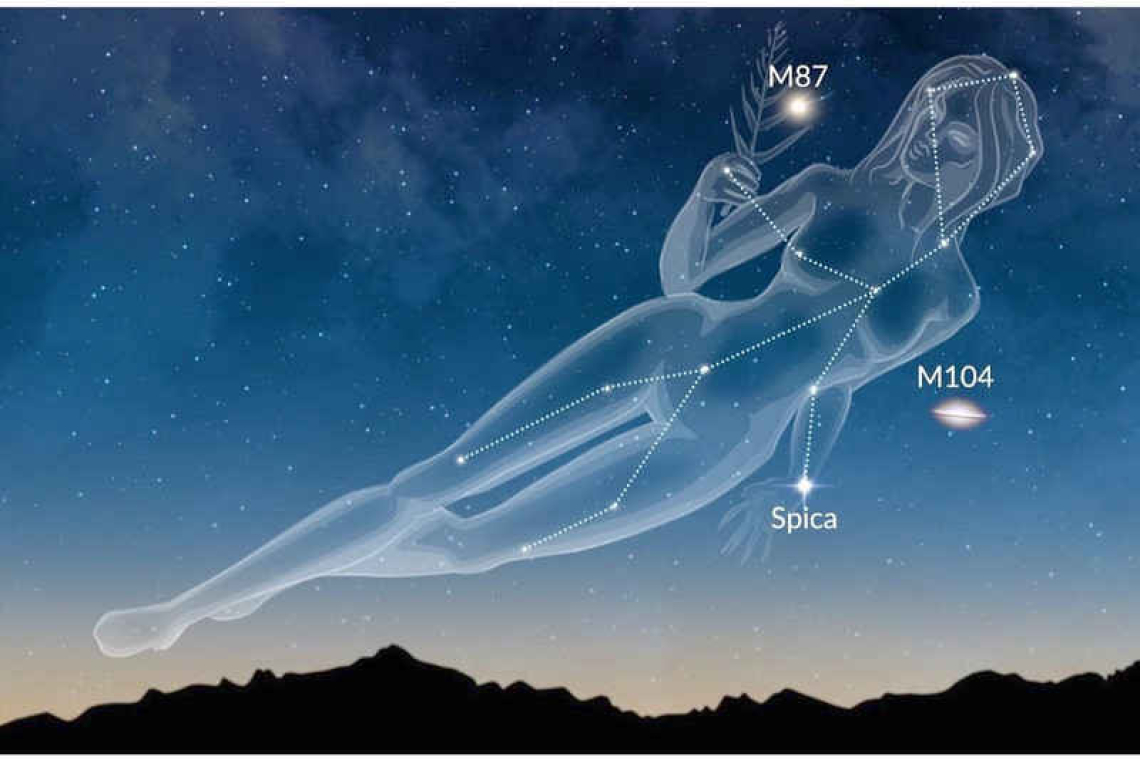~ St. Maarten’s Backyard Astronomy for June 27 – 29 ~
Sun rises at 5:39am
Sun sets at 6:51 pm
Lunar phase: 1st quarter, waning crescent
Moon rises at 8:43am, Saturday
Moon sets at 9:53pm, Saturday
This weekend, let’s find the Summer Triangle, the famous asterism associated with warm summer nights. The Summer Triangle is currently ascending in the eastern sky after sunset and is easily visible throughout these June evenings. By midnight, it will be high overhead.
Star patterns like the Summer Triangle and the Winter Circle are not really constellations; they are asterisms, which take features from two or more constellations to form a unique and noticeable arrangement of stars. The Summer Triangle consists of three bright stars in three separate constellations – Deneb in the constellation Cygnus the Swan, Vega in the constellation Lyra the Harp, and Altair in the constellation Aquila the Eagle.
Learn to recognize the Summer Triangle asterism now, and you can watch it all summer as it shifts higher in the east, then finally appears high overhead in the late summer and even into the early autumn.
The moon this weekend is a thin crescent, delicate and graceful. It sets early in the evening, so we have clear vision for star-gazing and planet perusing! The red planet Mars is near the crescent moon, just below the bright star Regulus in Leo the Lion. If you draw a straight line from the moon to Mars and continue towards due South, you will find the bright star Spica in the constellation Virgo the Maiden.
Continue the straight line even farther, towards the Southeast, and your eyes will land on Antares, the brightest star in the constellation Scorpius. Antares was originally conceived as the evil twin of Mars. They appear similar in brightness and both share a red hue in their light. Mars is the name of the god of War in Latin, but the same god in Greek was called Ares, so Antares is the Anti-Ares – get it? Antares the star is huge – so large in fact that if you were to place Antares where our sun is, its outer edge would be near the orbit of Mars! Our planet, Earth, would be inside of Antares!
Thank you for keeping up with the Night Sky articles, backyard (or beach) astronomy designed for St. Maarten sky viewing. FYI: If you are out later on in the week, note that each star rises about four minutes earlier each day than written here, and the moon rises 50 minutes later. Night Sky is researched and compiled by Lisa Davis-Burnett. Earthsky.org is a key resource for information and images. Questions or comments? Email This email address is being protected from spambots. You need JavaScript enabled to view it..







